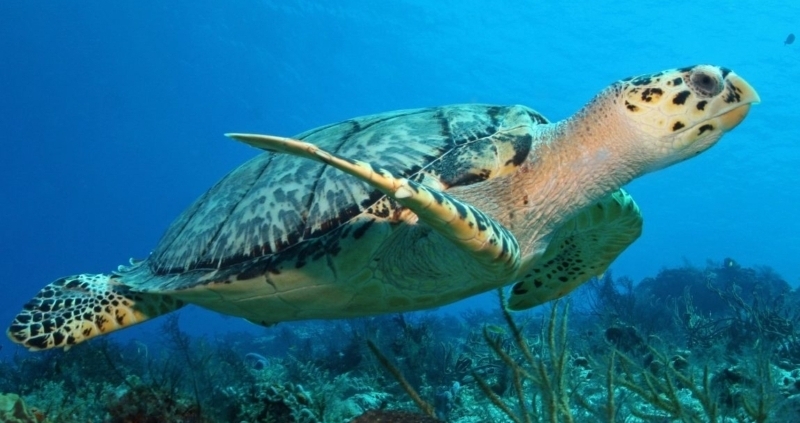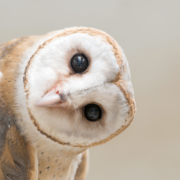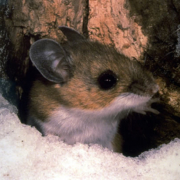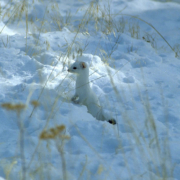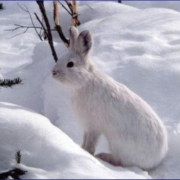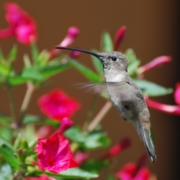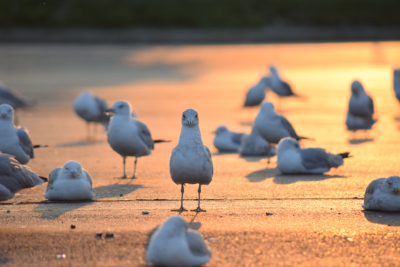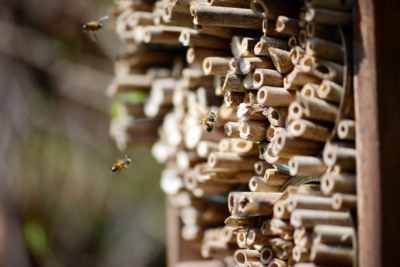Big News About Biodiversity Makes Grim Predictions – Why Aren’t We Paying More Attention?
A recently published paper found that biodiversity received 8 times less media coverage than climate change in the mainstream media. This inequity in coverage reflects a trend that began around 2000 and has continued to increase every year since. Today, biodiversity is almost completely absent from the pages of our newspapers, websites or TV screens, apart from the occasional feel-good story about hawks breeding on city skyscrapers, ducklings being helped by traffic cops or the latest arrival at the local zoo.
There are many reasons put forward by the paper’s authors for the discrepancy in coverage, including the more telegenic nature of large-scale catastrophic events, the clear human impact of climate change, the global scale of the problem and the fact that the human role in climate change remains controversial, which in turn generates headlines.
Given these findings, it should come as no surprise that a recent report with significant news about the state of the world’s biodiversity has been largely underreported. In March, the Intergovernmental Science-Policy Platform on Biodiversity and Ecosystem Services (IPBES) published its first global assessment of the state of nature since 2005. Regional assessments looking at Africa, the Americas, Asia and the Pacific, and Europe and Central Asia paint a grim picture of a variety of threats to biodiversity in different parts of the world and make predictions about the implications.
In Europe and Central Asia, the report found that wetlands have declined by 50% since the 1970s. Marine and coastal ecosystems, which can contribute up to 35% of GDP for some African countries, are under severe threat from development, climate change and urbanization. In the Americas, close to 24% of the 14,000 species assessed are considered at risk of extinction. In Asia and the Pacific, agrobiodiversity is in decline due to intensification, and with that decline, indigenous and local knowledge of ecosystems and biodiversity is being lost.
Considering these new assessments, the 20 Aichi Targets adopted by the Convention on Biological Diversity (CBD) as part of their strategic plan suddenly seem increasingly unattainable by the goal date of 2020. The targets call for, among other things, halving the rate of habitat loss and bringing it close to zero by 2020, as well as preventing the extinction of known threatened species and improving the conservation status of all declining species by the same deadline. These assessments suggest that while some progress has been made towards the goals, the likelihood of them being achieved remains slim.
This important news was absent from the nightly news and the front pages of newspapers and news sites, but it was widely discussed in the international conservation community.
The Chair of IPBES, Robert Watson, called for immediate action at a level commensurate with the problem, which he declared to be as dangerous to humans as climate change. Jake Rice, a co-chair of the Americas assessment, called on everyone to make a “fundamental change in how we live as individuals, communities and corporations.”
Cristina Pașca Palmer, the Executive Secretary of the CBD and the UN’s top nature official, told The Guardian that our current rate of species loss is “mega-urgent.” She sees value in every attempt to reverse these dire trends and is pushing for all solutions to be considered and for efforts that include restoration and transformation to be counted toward securing nature, as well as the more traditional valuation, protection and restriction approaches. She understands that in both the developing and developed world, enough land cannot realistically be set aside to meet this goal. Instead she wants to broaden approaches to conservation beyond preservation and increase sustainable practices to reduce the impact on nature.
What Ms. Pașca Palmer is saying sounds like common sense, but it is quietly revolutionary. The international conservation community in which the CBD operates focuses almost exclusively on the hotspots for biodiversity—the wild and pristine places of the globe. In doing so, this focus creates a sense that nature is “over there” and not part of our everyday reality and experience of the planet.
When we read and hear these feel-good stories about ducks crossing the road, hawks breeding on city skyscrapers and the latest arrival at the local zoo, we are experiencing nature. When we engage in an effort to clean a park, we are restoring a habitat. When we plant milkweed for monarch butterflies, we are contributing to the conservation of a declining species. While we can support the preservation of wild and pristine places with our dollars and our votes, we can also better integrate nature into our lives with our own actions. We can help increase coverage of the issue by clicking on those stories online, by amplifying the messages across our social media, and by working to make #biodiversity a trending topic that receives the attention it truly deserves.
